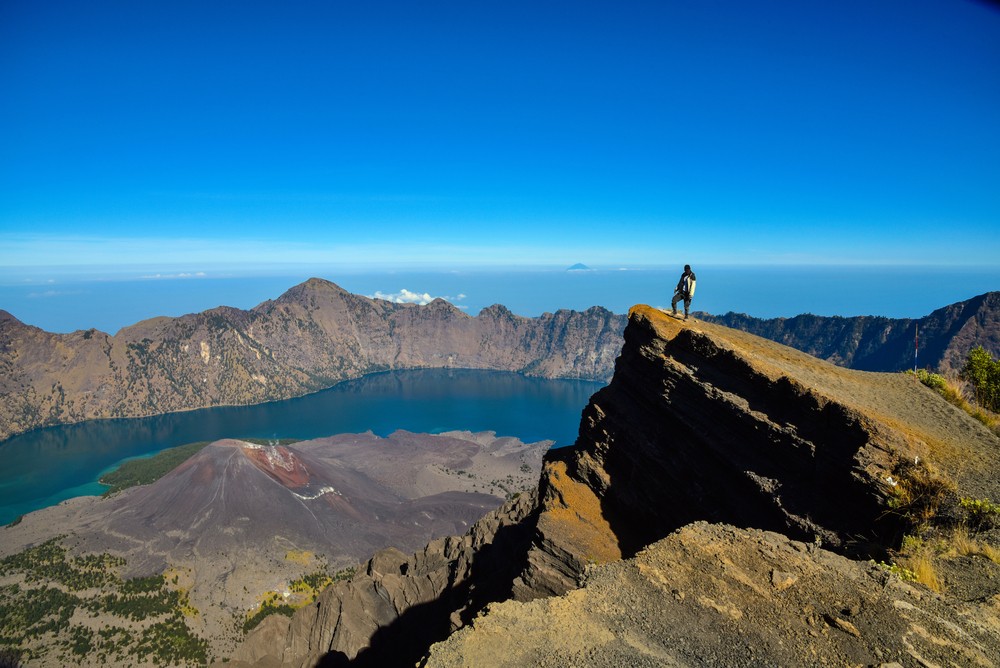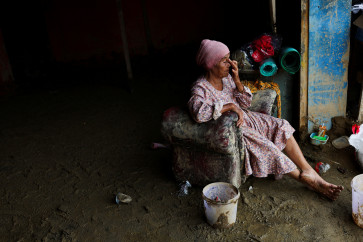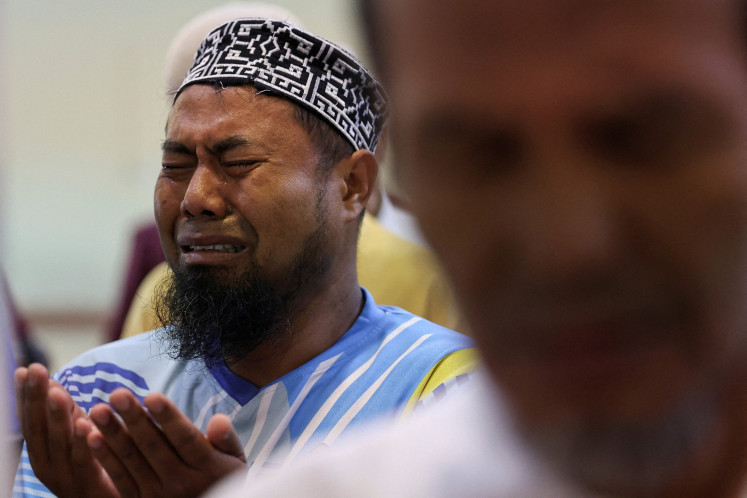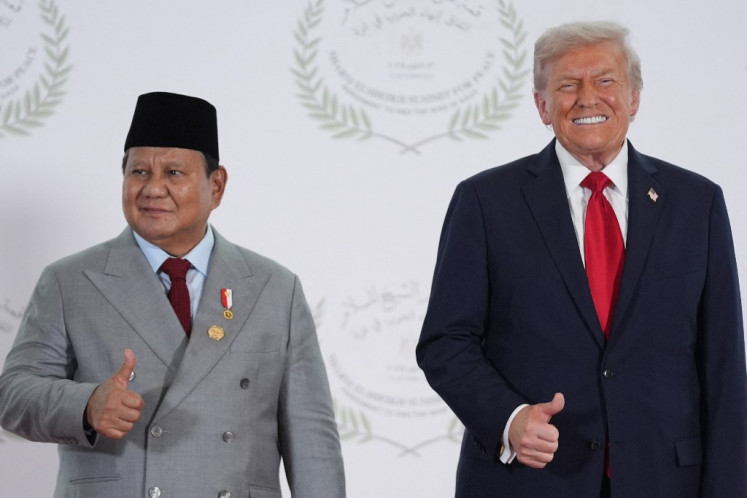Popular Reads
Top Results
Can't find what you're looking for?
View all search resultsPopular Reads
Top Results
Can't find what you're looking for?
View all search resultsA closer look at Indonesia's four UNESCO-recognized Global Geoparks
These geoparks were recognized by UNESCO because of their rich natural heritage value, which makes them fascinating tourist attractions.
Change text size
Gift Premium Articles
to Anyone
Indonesia currently has four geoparks of international standard listed as UNESCO Global Geoparks, kompas.com has reported.
These geoparks were recognized by UNESCO because of their rich natural heritage value, which makes them fascinating tourist attractions.
Those who want to learn more about Indonesia's UNESCO Global Geoparks can look at the list below.
Batur Geopark
The Batur Global Geopark in Bali was included on the organization’s list in Sept. 2012.
Located in Bangli regency, the geopark features two volcanic calderas as well as a complete volcano landscape with caldera walls, cones and craters, geothermal phenomena, a lake, lava flows, pyroclastic flows and tephra.
In addition to admiring the park's magical natural heritage, visitors can also learn about the area at the Batur UNESCO Global Geopark Museum.
Mount Sewu Geopark
Mount Sewu Global Geopark covers three regencies, Gunungkidul, Wonogiri and Pacitan, as well as three provinces, Yogyakarta, Central Java and East Java.
Featuring a total of 33 geosites, the area is a classic tropical karst landscape and is dominated by limestone.
According to UNESCO there is still tectonic activity in the area, as Mt. Sewu is located in front of an active subduction zone between the Indian Ocean, Australian and Eurasian plates.
Read also: Indonesia names five new National Geoparks
Mount Rinjani Geopark
Mount Rinjani was listed as a UNESCO Global Geopark in April this year.
The park boasts a variety of cultural and geological sites.
Interestingly, the eruption of Samalas Volcano in 1257 changed the entire landscape, resulting in a huge caldera and pyroclastic flow. At the same time, the eruption also reportedly buried an old civilization and led to the start of a new cultural era.
Ciletuh-Palabuhanratu Geopark
The Ciletuh-Palabuhanratu Global Geopark is located in Sukabumi, West Java.
According to UNESCO, the park is characterized by a rare geological diversity that can be classified into three zones: the subduction zone uplifted rocks, the Jampang Plateau landscape and the ancient magmatic zone shifting and fore arc evolution.
The landscape features waterfalls, beaches, geysers, rivers, mountains, wilderness reserves and turtle conservation sites, allowing visitors to try various activities, such as surfing, paragliding, rafting, canoeing and waterfall rock climbing. (jes/kes)







